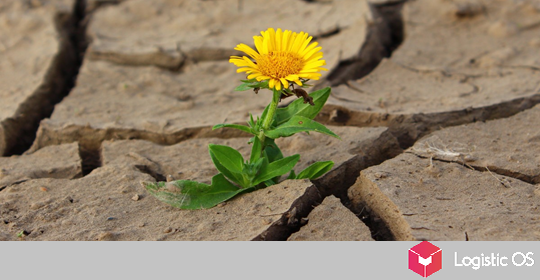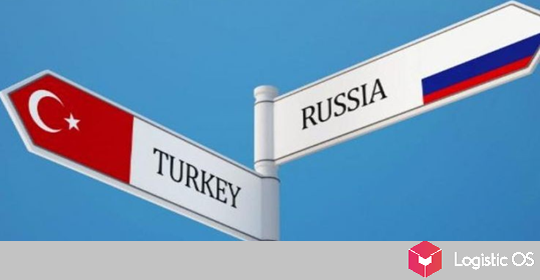Today, China is one of the largest importers of Russian products.
The trade war with the United States, the fight against coronavirus, of course, negatively affected China’s foreign trade, but for Russia this, paradoxically, turns out to be a definite benefit.
China attaches great importance to its food security and is increasing the volume of purchases abroad.
But in China, almost all available areas are already occupied by crops, and in order to increase the volume of one, one must sacrifice the other. And the need for large volumes of agricultural products continues to grow.
Russian agriculture has a huge advantage — large areas where it is possible to increase production if there is a demand for products.
And in this case, demand can be measured in tens of billions of dollars. And here the increase in volumes becomes a purely technical task.
Last year, Russia began supplying China with new types of cereals, such as barley.
At the same time, work is underway on the supply of soybeans, the US is threatening China with a limited supply.
Now Russia has a huge chance to establish further cooperation with Chinese importers, creating its own market.
But within the framework of such cooperation, it is important for Russia that the Chinese side also invest in these agreements, understanding their long-term nature.
Russia must provide guarantees that products will be in demand and sold on the Chinese market.
Such conditions will create the basis for further mutually beneficial cooperation, the volume of which is growing now.
In 2019, trade between Russia and China amounted to more than 110 billion US dollars, an increase of 2.4% by 2018.
At the same time, Russia’s export turnover to China amounted to $ 56 billion, an increase of 1.3%
In addition, China has been taking the first place in the Russian commodity circulation for several years, for example, in export it amounted to 13.433%.
Already in the first quarter of 2020, agricultural products and foodstuffs for the first time took second place after mineral fuel in the structure of exports to China.
The volume of exports of food and agricultural products exceeded $ 1 billion, with the share of these goods in Russian deliveries to China amounted to 6.6%.
Against this background, Russia continues to expand the range of agricultural products supplied to China and the EU countries: the launch of an investment project for the construction of a flax mill was announced.
The plant will be located in the Smolensk region. The launch of the first line will take place this year.
Russia also opens additional railway trade routes to China, and Russian Railways has provided a whole package of preferential tariffs for them.
The main sea route for the delivery of export products to China from Russia passes from the port of Vladivostok.

Based on the analytical platform Logistic OS , you can use the various filters to generate the necessary diagrams.
This chart shows the number of cargoes shipped from the port of Vladivostok to China in the first half of 2020.

